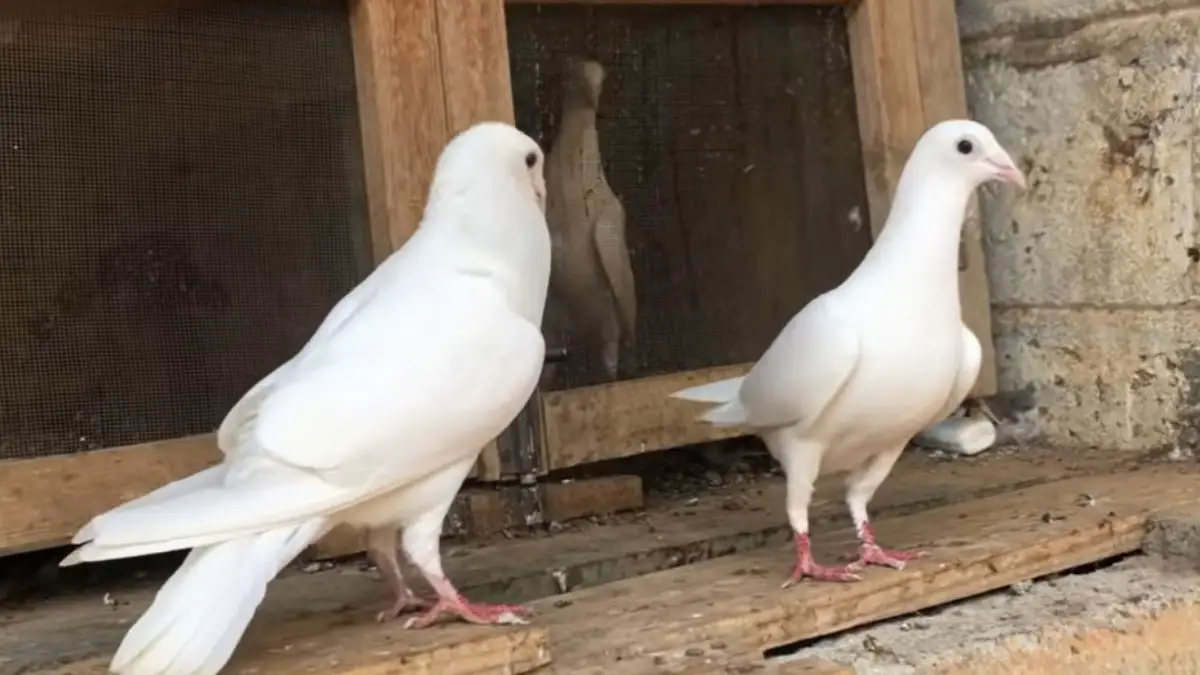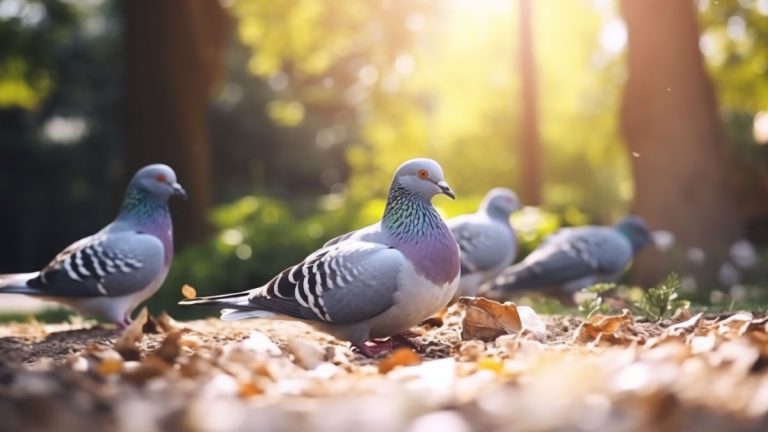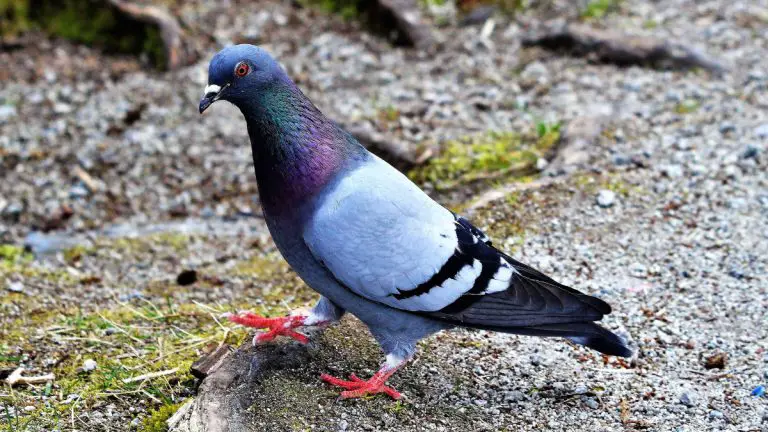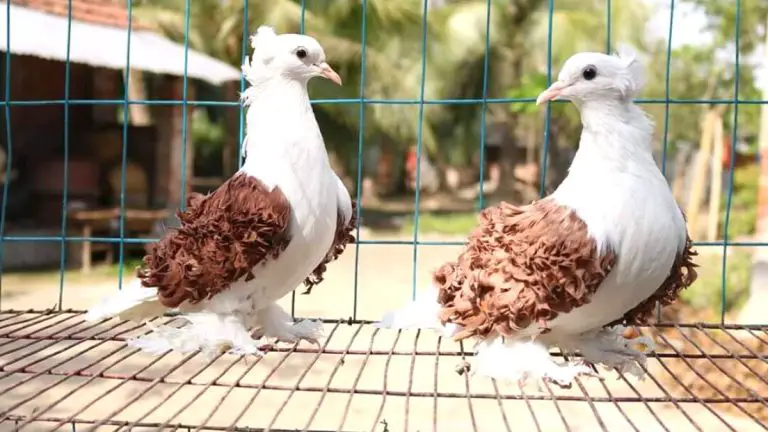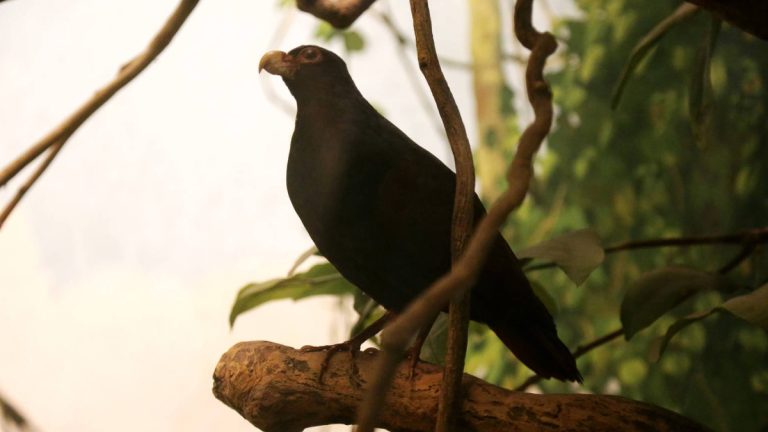Tippler Pigeon: Origin, Appearance, Behavior, Care, And More
Tipplers are the real deal when it comes to endurance flying. They have strong flying skills and can stay airborne for hours on end. Some of the tipplers that have participated in the flying competitions have recorded a whopping 22 hours non-stop! Besides flying, these birds are also featured in exhibitions all over the world.
This article takes a closer look at this interesting tippler pigeon breed. We’ll look at everything you need to know about the bird including its origin and history, physical traits, behavior, and personality traits. We’ll also discuss the breed’s suitability for keeping as a pet and how to take care of it.
Tippler Pigeon Quick Facts:
| Scientific name | Columba livia domestica |
| Other names | None |
| Breed name | Tippler |
| Origin | United Kingdom |
| Breed purpose | Flying competitions, exhibitions, pets |
| Size | Medium |
| Weight | 238 to 380g |
| Flying ability | Excellent |
| Cost | $25 to $150 or more |
| Lifespan | Around 10 years |
Tippler Pigeon Origin and history
The exact origin of this pigeon is unknown, but it is believed to have originated near the silk milling towns of Macclesfield and Congleton in East Cheshire, England. This was around 1845.
From here, some of the birds are believed to have migrated to the Middle East.
Like many other pigeon breeds, the tippler is a descendant of the rock dove and is a result of years of selective breeding.

As a breed, the first tippler pigeon was a result of crossing the Indian Highflyer and French Cumulet.
The specific Indian highflyer bird is still unclear but it’s a tumbler pigeon
The choice of these two birds was aimed at achieving a breed that will cover a longer flight range and at the same time improved its endurance.
It’s worth noting that there are several types of tippler pigeon breeds that were named after their original locations or their breeders.
All these breeds have similar capabilities of staying airborne for prolonged hours (19+ hours).
These types include:
- Hughes tippler: This tippler is named after its breeder Gordon Hughes of Derby. The birds are bred specifically for endurance shows and can do more than 19 hours many times. The birds feature colors blue and grey or blue/white.
- Jack Boden tippler: These tipplers are bred by Jack Boden in Handforth, England. They’re intended for endurance flying competitions and are capable of covering 20+ hours many times. Common colors for this tippler include grey, blue, white, and sandy brown.
- Macclesfield tippler: This breed of tipplers has short legs and face and broad shoulders. They’re commonly found in North England and are popular for their ability to fly quite high and for extended hours.
- Sheffield tippler: These tipplers are bred in Sheffield city in South Yorkshire, England, and can fly for up to 20 hours. These breeds are usually red and yellow in color.
Other common types of tippler pigeons include the Lovatt, Irish Blue, Manchester, and Meredith tipplers.
Appearance
The tippler pigeon is usually medium-sized and has a round head in proportion to its body.
Eye color is usually dark in young tipplers for up to 6 weeks, but they turn lighter afterward.
A typical adult has eye coloration ranging from white to pearly.
Its beak is pretty long and appears firm attached to its robust head.
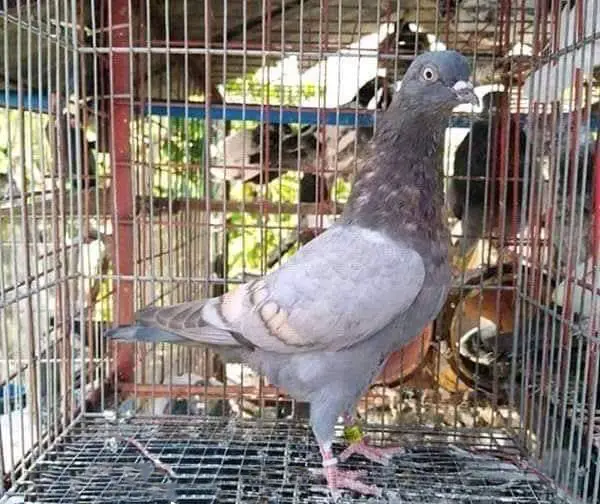
This bird has a short neck.
The birds have powerful wings that are tightly packed into their body.
Remember, these birds heavily rely on these wings to fly for such extended periods, hence the strong nature of these wings.
Note that the size and appearance of tippler pigeons greatly vary between the various types we discussed earlier.
Behavior
Tipplers are usually friendly and social, so they enjoy interacting with other pigeons as well as with their owners.
They’re also quite active and enjoy flying. You can even teach your pigeons to do high-flying tricks and maneuvers.
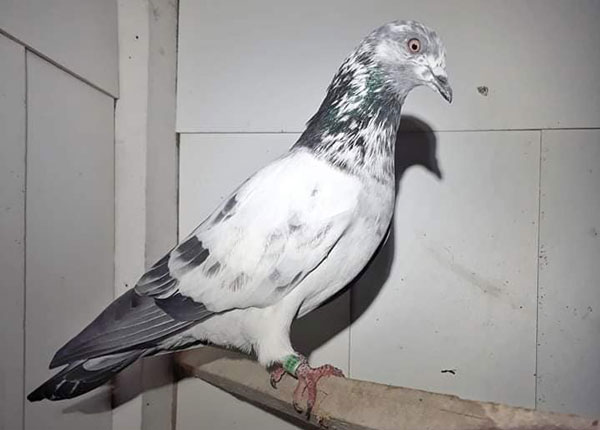
As we said earlier, these birds are popular for their exceptional flying capabilities, and the fact that they can easily stay airborne for many hours without any issues.
Tipplers are also quite intelligent birds and you can train them to stay airborne for prolonged hours and only drop when you ask them to. (more details about training a tippler coming up later)
Tippler Pigeon Diet
You should feed your tippler pigeon a mixture of grains and seeds such as safflower, flax, barley, white millet, trapper peas, red milo, linseeds, etc.
You can create your own mixture of get high-quality birdseed from your local pet store.
This seeds + grains combination is essential for giving your bird plenty of energy it requires to fly for long hours while keeping it from becoming obese.
Make sure the tippler pigeon diet contains the right amount of proteins and carbohydrates. This ensures they can fly faster and farther and get an edge in competitions.
Providing your pigeons with fresh veggies and fruits will also help them obtain the essential mineral and vitamins.
Don’t forget to give your bird clean water. Change the water every day and clean the water dish properly to avoid contaminating your bird and making it ill.
Avoid overfeeding your birds as this can make them heavier and affect their flying capabilities.
Tippler Pigeon as pets
Tippler pigeons can also be kept as pets because of their docile and friendly nature.
They’re also beautiful for keeping as pets. And the fact that they’re sociable means you can interact with them or with other birds in your flock without fights.
Tipplers are also some of the smartest pigeon breeds available, and you can easily train them to do various tricks and maneuvers.

They’re also generally low-maintenance birds and will be a good choice for beginners as well.
However, you’ll need to take good care of your pigeon by providing it with a nutritious diet and fresh water to keep it happy and healthy.
You should also provide it with a spacious loft and clean it regularly to prevent the spread of various diseases.
Price
The price of a tippler pigeon ranges from $25 to $150, though it can be more depending on factors such as the breed quality, age, health, location, and the breeder.
High-quality breeds, e.g. those from certain lineages may cost you higher.
As usual, make sure you buy your birds from a reputable breeder to avoid spending your money on a bird with health complications.
Lifespan
Tipler pigeons can live for up to 10 years or more with proper care.
To keep your bird healthy and maximize its lifespan, be sure to provide it with a balanced diet and suitable living conditions.
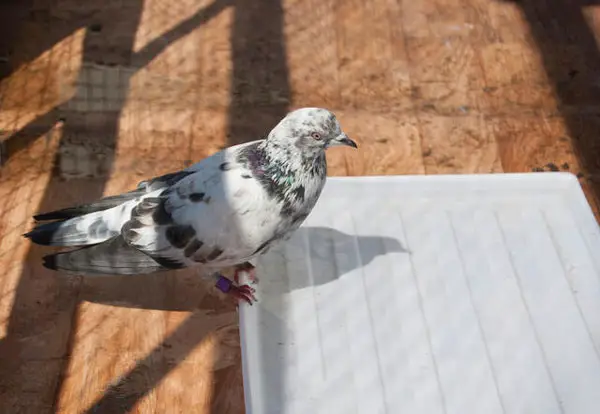
Also, give it plenty of time to exercise (fly) as it’s bred for endurance flying and needs to stay active.
Take the birds to a vet for regular checkups to help keep them healthy.
Training a tippler pigeon
Here are some helpful tips for training your tripper pigeons:
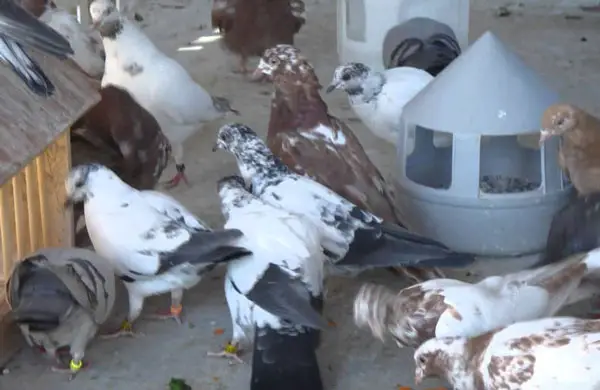
Start the training early
The ideal age you should start training your tripper pigeons is as early as 4 weeks old.
Form the ideal training kit
The ideal tippler kit should train a minimum of 3 pigeons to dozens of them as per the competition/flying rules. You’ll then need to train and fly them together as one team.
Use baits for training
These are simply droppers and help make the training easier. You can use them as a visual cue for your pigeons to fly down or land.
However, you should first train your birds to relate the droppers and the command/signal they represent.
Giving the first command
The first training to give your tipplers is the feeding call. You can use a whistle, metal can with screws, food tray of a specific color, or feed the droppers first and then let your pigeons feed.
Allow the pigeons enough time to connect the signal you use with feeding time.
Once your pigeons become used to the first command, you can then start training them to land on the roof.
Teach your tipplers to fly
Tipplers are naturally born great flyers. However, the young ones have poor navigational skills and need training.
We recommend training them for 5-8 hours every weekend, depending on the weather.
Train the pigeons to land
Your tipplers must be able to land on the roof of their loft whenever you call them. You can use various signals in addition to food as we’ve discussed above.
For instance, feeding the droppers can make the birds land and start feeding. This may be challenging at first but it gets easy with practice.
Some experienced pigeon owners recommend training your bird when they’re hungry. The food will act as appositive reinforcement that makes the birds respond promptly.
Consider night training
This can help increase your birds’ endurance and stamina. The calmer winds and cooler temperatures also mean the bird can fly for more hours without getting tired easily.
Fewer distractions at night will also help keep your bird focused on its training.
However, make sure the training area is well-lit to prevent the risk of getting dark or collision with items.
Watch the video below for more helpful tips on tippler training
Video:
Final Verdict
Tippler pigeons are highly popular due to their endurance flying capabilities, with some birds registering as many as 22 hours non-stop in the air! The birds are also docile and friendly and can be kept as pets. They’re also quite intelligent and you can teach them to fly easily.
With good care, these birds can live a long life of up to 10 years or more. The best way to take care of your tippler is to give it a healthy diet, and a suitable living space, clean its space regularly and take it to the vet for regular checkups.
